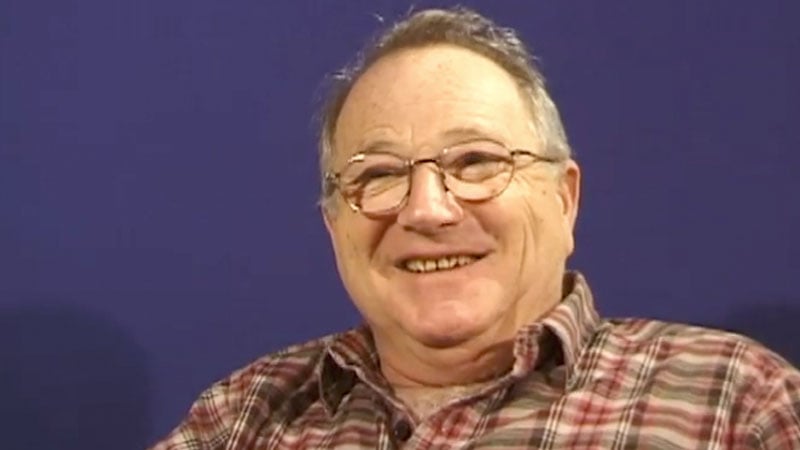Arthur Bloom began his career in the CBS mailroom in 1960 at the age of 18, then became a production assistant in the news division. Three years later, when the CBS newsroom was understaffed during the Cuban Missile Crisis, Bloom received his first directing assignment. In the early 1960s, Bloom began a long professional relationship with producer Don Hewitt and became an associate director of CBS News.

With Hewitt in 1968, he launched the landmark news program, 60 Minutes, and stayed on as the show’s director for over three decades. During his time at 60 Minutes, Bloom also directed CBS’s live coverage for the 1976, 1980, 1984 and 1988 Republican and Democratic Conventions. He also directed coverage of the Ford-Carter and Reagan-Mondale Presidential Debates, all Election Night coverage from 1974 to 1990, and special news events including the return of hijacked TWA Flight 847 (1985), the Geneva Summit (1985), and "CBS News Special Report: A Celebration of Liberty" in 1986. He also directed documentaries, such as: "JFK: 1000 Days and 10 Years" (1973); "Vietnam: A War that is Finished" (1975); "CBS Reports: Energy: The Fear, The Facts, The Future" (1977); and "Nuclear Arms Debate" (1983). Bloom was credited with leading the modernization of on-screen graphics at CBS News, and with helping to train Dan Rather to succeed Walter Cronkite as the CBS News Anchor in 1981.
Arthur Bloom was twice nominated for the DGA award for Outstanding Directorial Achievement in Documentary/News, winning the award in 1974. In 1995, he received the Lifetime Achievement in News Direction Award from the Directors Guild of America.
Bloom passed away in January 2006.
Select Viewing Option:
Highlights